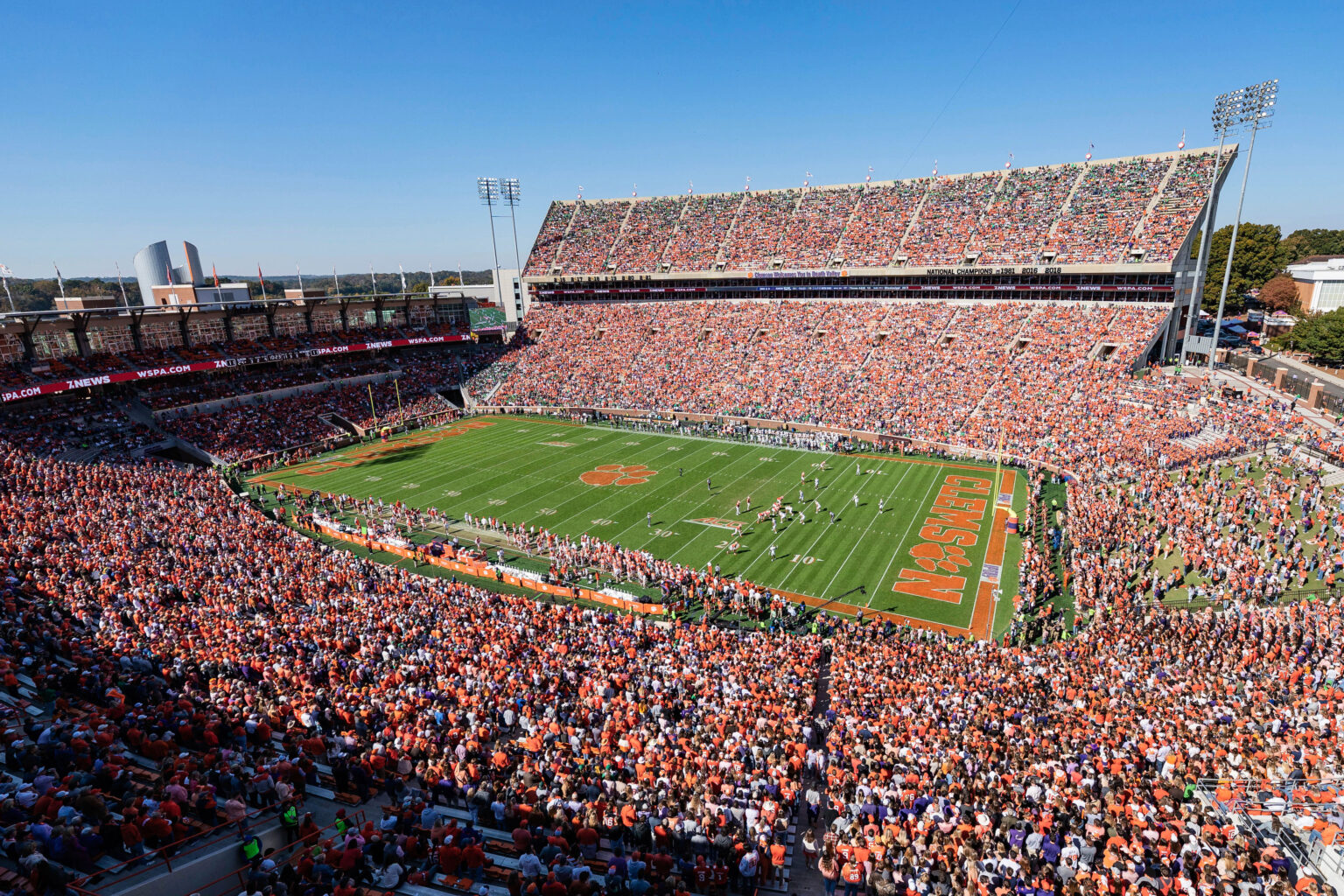Historic Settlement Reshapes College Athletics: Schools Can Now Compensate Athletes Directly
Nearly five years after the landmark case of House v. NCAA was initiated in Oakland, California, federal Judge Claudia Wilken has given her final approval to a groundbreaking settlement. Announced on Friday night, this decision marks a significant turning point in college sports, paving the way for universities to pay student-athletes directly-a practice previously prohibited under NCAA regulations.
Resolving Long-Standing Legal Battles
The settlement addresses three major antitrust lawsuits-namely House, Carter, and Hubbard-that challenged the NCAA’s longstanding restrictions on athlete compensation. Negotiated by legal representatives for the plaintiffs and six prominent collegiate athletic organizations-including the NCAA, SEC, Big Ten, ACC, Big 12, and Pac-12-the agreement allocates nearly $2.8 billion in damages to current and former athletes, along with their legal teams. This substantial sum aims to rectify past restrictions and set a new precedent for athlete remuneration.
Introducing a New Financial Framework for Division I Sports
One of the most transformative aspects of the settlement is the establishment of a revised economic model for Division I athletics. Starting with the upcoming academic year, schools will be permitted to pay their athletes up to approximately $20.5 million annually, a cap that will gradually increase over the ten-year duration of the agreement. This shift signifies a move toward a more open and competitive financial environment within college sports, aligning athlete compensation more closely with professional standards.
Enhanced Oversight of Booster Contributions and NIL Deals
In addition to athlete payments, the settlement introduces measures to regulate the influence of wealthy boosters-individuals and groups that have significantly fueled the name, image, and likeness (NIL) economy in recent years. A new oversight body, managed by Deloitte, will scrutinize NIL agreements exceeding $600 to ensure they reflect fair market value. This initiative aims to prevent excessive booster payments, such as a hypothetical scenario where a booster pays a quarterback six figures for a few social media endorsements promoting a local dealership. However, many industry experts anticipate that this oversight system may face legal challenges of its own, as it attempts to curb the influence of booster-driven NIL deals.
The Rise of NIL and Its Impact on College Sports Economics
Since the NCAA’s policy change in July 2021 allowing athletes to profit from their NIL, the financial landscape of high-profile college sports has undergone rapid transformation. Successful football and men’s basketball programs often rely heavily on booster-led NIL collectives to assemble competitive rosters. These groups have become integral to team-building strategies, fueling a lucrative NIL economy. Nonetheless, efforts to restrict or eliminate booster spending are expected to provoke further legal disputes, as stakeholders seek to balance fair compensation with regulatory oversight.
Financial Responsibilities Shift to Educational Institutions
Effective July 1, a new reality will emerge: universities will shoulder a significant portion of the costs associated with high-caliber athletic programs. This shift underscores the evolving financial dynamics in college sports, where schools are increasingly investing in their athletic departments to remain competitive in a landscape that now openly supports direct athlete compensation.
This story is still developing, and updates will follow as more details become available.

